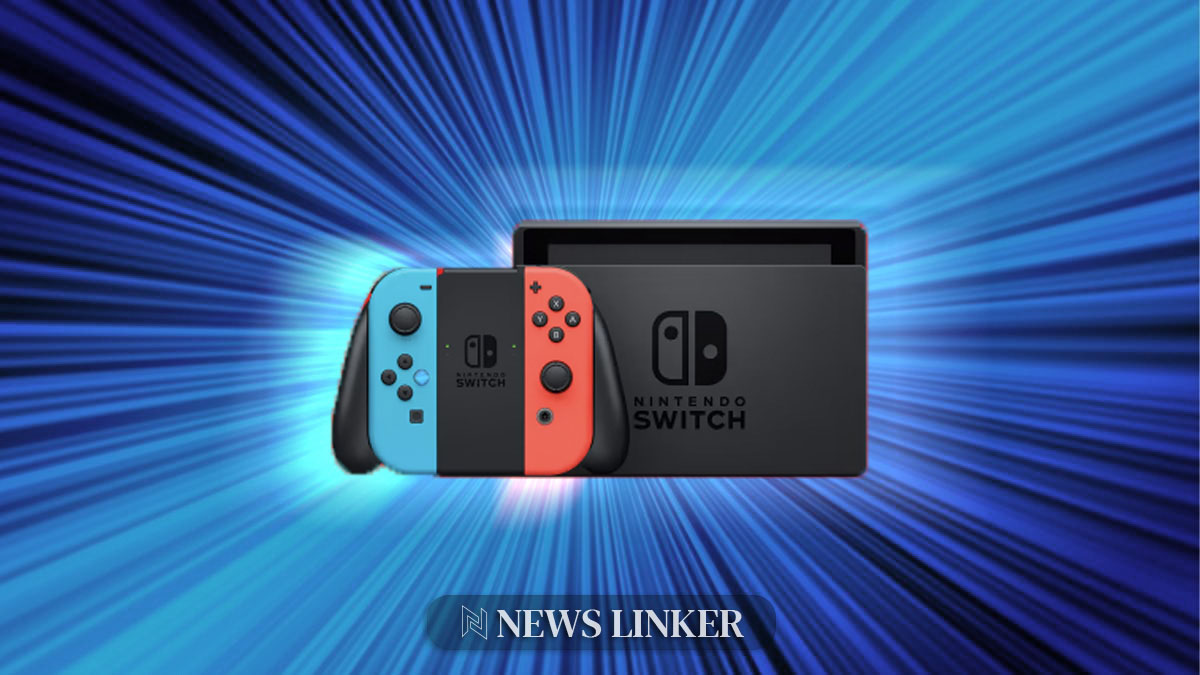The nostalgia and personalization that 3DS-style themes offer can significantly enhance user engagement with the Nintendo Switch 2. By reintroducing these themes, users not only revisit cherished memories but also enjoy a more customized gaming experience. The themes’ potential for creativity and personal expression, combined with the success of their predecessors on the 3DS, present a compelling case for their comeback on the latest console iteration.
Looking back, the Nintendo 3DS garnered enthusiastic responses to its customizable themes, which allowed gamers to infuse their devices with a bit of personality. The themes became a beloved feature, providing a refreshing touch to the user interface and enjoyment beyond the games themselves. Their absence on the Nintendo Switch was noted by many, with discussions and requests for their return surfacing across fan forums and social media, highlighting the community’s fondness for this personal touch.
What Made 3DS Themes Special?
The 3DS themes held a special place for users, offering a multitude of designs that ranged from classic Nintendo characters to various aesthetic patterns. These themes not only changed the background visuals but also incorporated unique system sounds to match, creating a complete sensory experience. The level of customization became a user-favorite feature, allowing each individual to make their device feel truly personal.
How Can Themes Impact Gaming Experience?
Themes have the power to influence the overall gaming experience by setting a mood and providing a sense of immersion even before a game is launched. For instance, a Zelda-themed background might evoke a sense of adventure, while a Mario theme could instill a feeling of nostalgia and fun. The integration of themes into the user interface can serve as an extension of the gaming world, keeping the player engaged and excited.
What Does Research Indicate?
A scientific study published in the “Journal of Gaming and Virtual Worlds” titled “The Impact of Customization on User Experience in Video Games” suggests that customization features like themes can significantly enhance user satisfaction and loyalty. The study found that personalization in gaming consoles leads to a deeper connection between the player and the device, potentially increasing the time spent on the console and enhancing the overall enjoyment of the gaming experience.
Notes for the User
Incorporating 3DS-style themes into the Nintendo Switch 2 could serve as a strategic move to not only honor a cherished aspect of Nintendo’s legacy but also to tap into the deep-seated affinity for customization that gamers have displayed. The very act of personalizing one’s console can foster a stronger emotional connection to the device, creating a more invested and loyal user base. With the previous success of themes on the 3DS platform and the ongoing demand from consumers for their return, their implementation on the Nintendo Switch 2 could very well contribute to the console’s popularity and user satisfaction. Notably, the allure of themes extends beyond aesthetics; it is about the ability to express oneself through a beloved piece of technology, making every interaction with the device a more intimate and enjoyable experience.
- Themes bridge personal expression and technology.
- Themes can foster a deeper emotional connection with the console.
- Personalization may lead to increased user satisfaction and loyalty.










